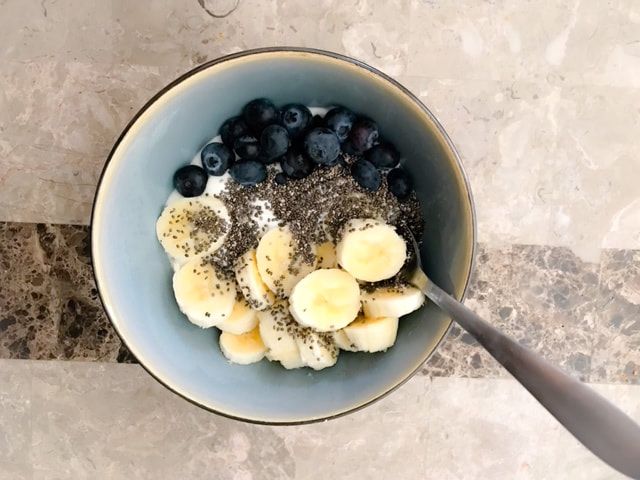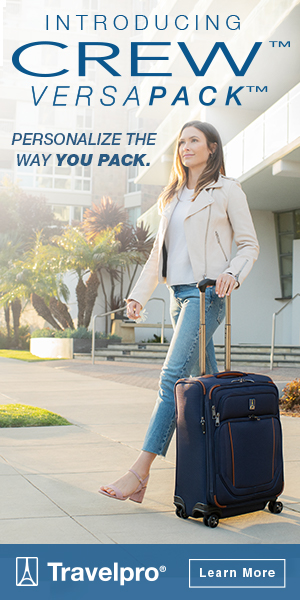Nutritional Identifying System
The most up-to-date trend in grocery stores throughout the country as well as with food makers is nutritional labeling. With the growing wellness problems from poor nourishment customers need to know what remains in the foods they find at the grocery store. With diabetes 2, cardiovascular disease, weight problems, and childhood health problem on the rise savvy customer wants to make healthier food choices.
Nutritional Labels: The Latest Fad in Grocery Store Shops and also for Food Manufacturers
The FDA has yet to react with dietary tag standards despite the need; however, a number of national grocery stores in addition to food producers have actually taken action to assist the customer to translate the complicated, tough-to-read dietary tags. PepsiCo introduced SmartSpot Seals in 2004; Kraft came out with Reasonable Solutions in 2005, NuVal labels are made use of at Hy-Vee stores, Assisting Stars program at Hannaford Brothers supermarket chains (Food Lion) and also others programs are meant to aid make sense of food tags.
The Keystone Group (a non-profit team) began the Smart Selection program that provides an eco-friendly check mark to foods meeting specific requirements. Participation in this program is not required but numerous market leaders have revealed their involvement; Coca-Cola, PepsiCo, Kraft, Kellogg’s, General Mills, ConAgra Foods, Unilever, and Wal-Mart.

Problems with Nutritional Classifying Programs Add to Confusion
While dietary labeling is an action in the best instructions there are troubles with these programs. First of all, uniformity. One grocery store chain may make use of red labels to signify heart-healthy and balanced foods while a 2nd chain utilizes yellow for heart-healthy and balanced. The outcome is two nearly similar items with different colored labels adding to the complication. Once the food is in residence the consumer has to re-read tags each time they open the cupboard.
An additional problem with the Keystone Group’s program is engagement is not obligatory once again leaving the consumer to do more jobs, with more confusion. Businesses whose products you like may choose not to join the Smart Choice program leaving you to review the labels prior to you acquire and after that again at home prior to you eat.
What’s Considered Healthy And Balanced by Industry Doesn’t Fulfill Consumers’ Criteria
A third problem is that what people at PepsiCo (as well as other large businesses) and the Keystone Group consider healthy doesn’t necessarily indicate it’s something customers consider healthy. With the present nutritional labeling huge companies or non-profit teams determine what to classify as “healthy” and also the customer needs to go by their standards. For example, a morning meal grain receives the Smart Choice tag, however, this product consists of 12 grams of sugar (2 tsp) per serving. This amount of sugar is one of the numerous customers who don’t think about healthy and balanced.
Huge companies that utilize labeling to advertising “healthy” items have a bottom line of revenues. They label based upon their very own standards which frequently are lenient as well as irregular with consumers’ requirements.
One Size Fits All: Nutritional Labels Fail to Address Specific Diet Plan Requirements
A last issue with these nutritional labels is no differentiation between foods that are heart-healthy and balanced versus foods with hgh boosters that are healthy for diabetics to eat. It’s a one-dimension fits all label with both the Smart Selection labels, the grocery store as well as food producers labels. This contributes to the customer’s confusion regarding what to eat for their very own personal wellness requirements.
A single person in a home may require a diet regimen, especially for heart wellness; this isn’t the same type of diet regimen an expanding 10 years old would certainly need. What’s healthy and balanced for someone isn’t healthy and balanced for all.
Food manufacturers and food stores assert that even when the program is fully in position only 10% of the items on the shelves will certainly have nutritional tags. That leaves a lot of labels to translate!
An additional company has recently presented a nutritional labeling program that can be made use of across the board by consumers, regardless of where they shop or what food producers they pick; this labeling system may show to be the most effective selection for consumers to just nutritional labels.





